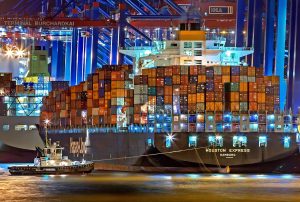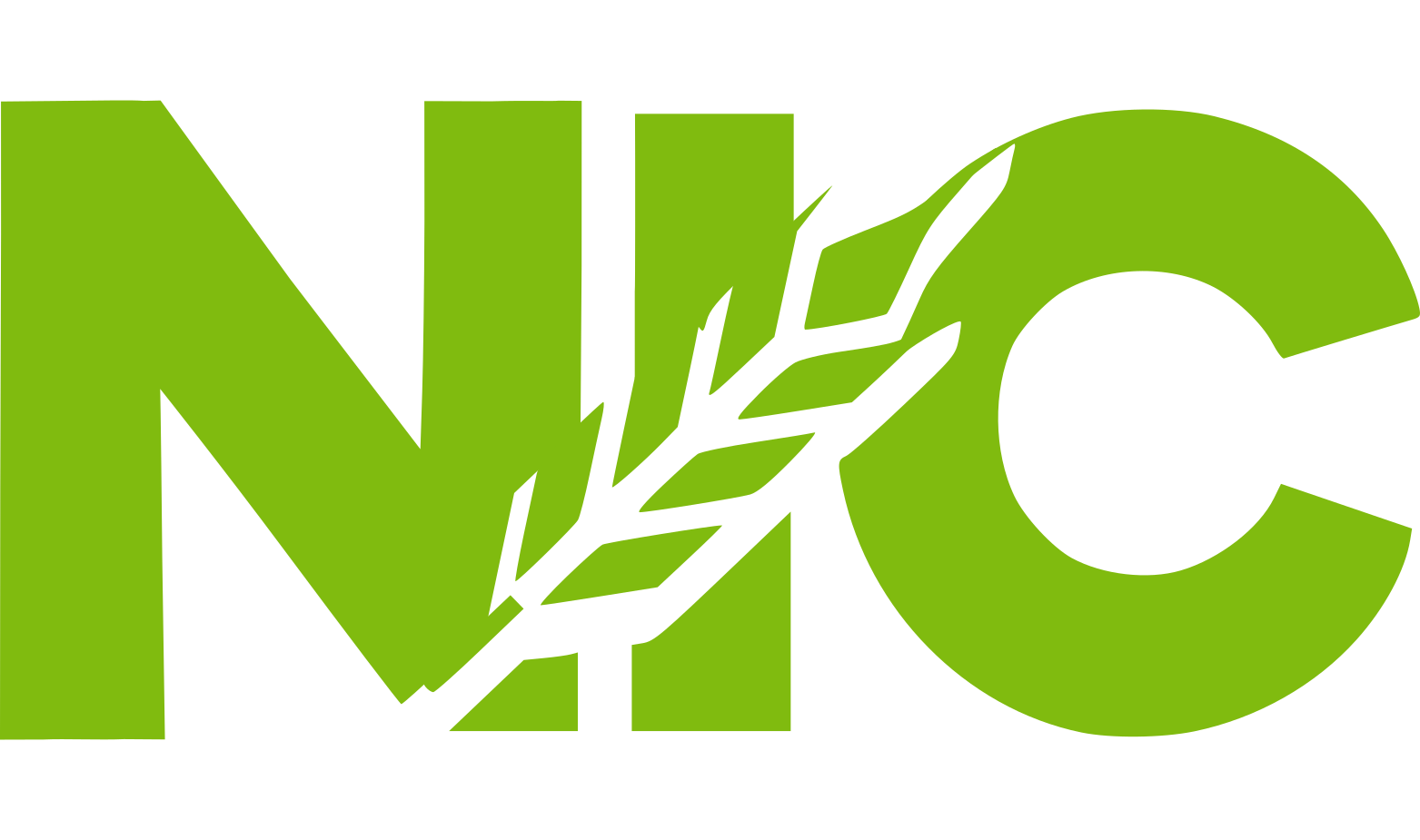
Navigating the Import Process: Challenges and Triumphs

The import process is a critical component of global trade, enabling companies to bring diverse products from around the world to local markets. At Nassar Investment Co. LLC, importing high-quality packaged food products is at the heart of our business. However, the journey from international supplier to consumer shelf is complex and filled with challenges. Despite these obstacles, the import process also offers significant opportunities for growth and innovation. In this blog post, we explore the intricacies of the import process, the challenges we face, and the strategies we employ to navigate this complex landscape successfully.
Understanding the Import Process
The import process involves several key steps, each of which requires careful planning and execution to ensure compliance, efficiency, and quality. Here’s a breakdown of the primary stages:
- Supplier Selection and Sourcing: The first step in the import process is identifying and selecting reliable suppliers who meet our quality standards. This involves extensive research, background checks, and establishing strong relationships with suppliers to ensure consistent product quality and supply.
- Regulatory Compliance: Importing food products involves navigating a web of regulatory requirements imposed by both the exporting and importing countries. These regulations cover areas such as food safety standards, labeling requirements, and import permits. Compliance with these regulations is essential to avoid delays, fines, and potential rejection of shipments.
- Logistics and Transportation: Efficient logistics and transportation are critical to ensuring that products arrive in optimal condition. This includes selecting the appropriate mode of transportation (air, sea, or land), coordinating with freight forwarders, and managing shipping schedules. Temperature-sensitive products, in particular, require specialized handling to maintain freshness and quality.
- Customs Clearance: Clearing customs is a significant hurdle in the import process. It involves submitting detailed documentation, including invoices, packing lists, certificates of origin, and compliance certificates. Customs authorities inspect shipments to ensure compliance with all regulations and assess duties and taxes.
- Warehousing and Distribution: Once the products clear customs, they are transported to our warehouses for storage and distribution. Effective inventory management and distribution systems are crucial to maintaining product quality and meeting customer demand promptly.
Challenges in the Import Process
The import process is fraught with challenges that require expertise, vigilance, and adaptability to overcome. Here are some of the key challenges we encounter:
- Regulatory Complexity: Navigating the regulatory landscape is one of the most challenging aspects of the import process. Regulations vary widely between countries and are subject to frequent changes. Staying up-to-date with these regulations and ensuring compliance requires significant resources and expertise.
- Logistical Hurdles: Coordinating the transportation of goods across international borders involves numerous logistical challenges. Delays can occur due to factors such as weather conditions, port congestion, and transportation strikes. Efficient logistics planning and contingency measures are essential to mitigate these risks.
- Quality Control: Maintaining product quality throughout the import process is paramount. Variations in temperature, humidity, and handling during transportation



